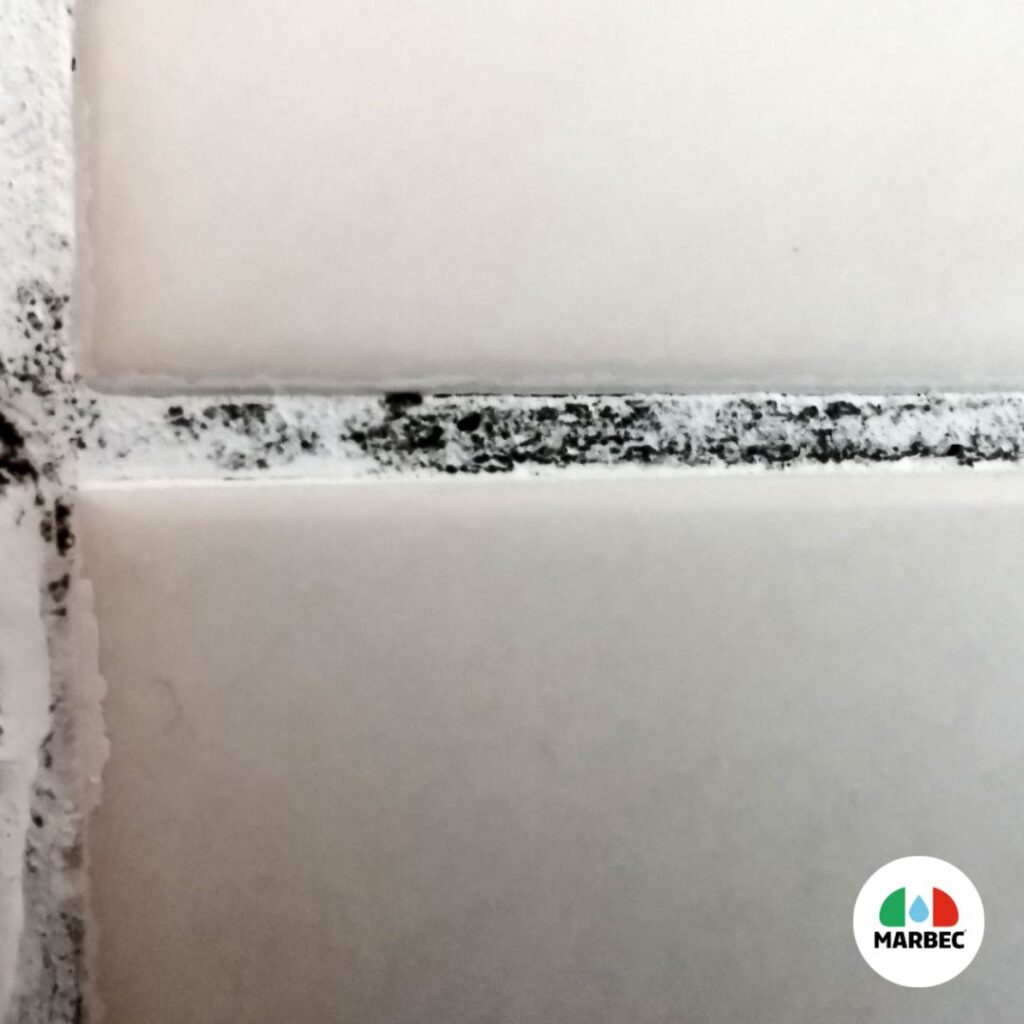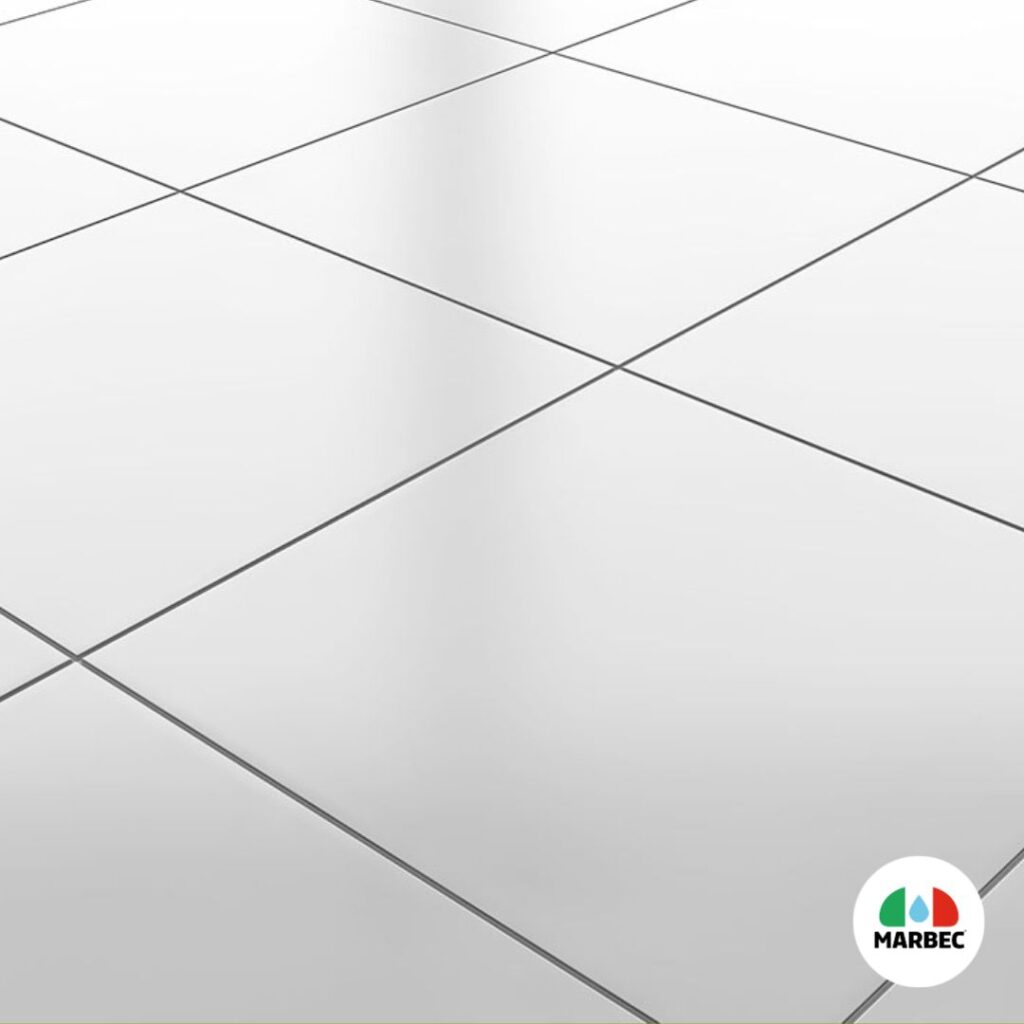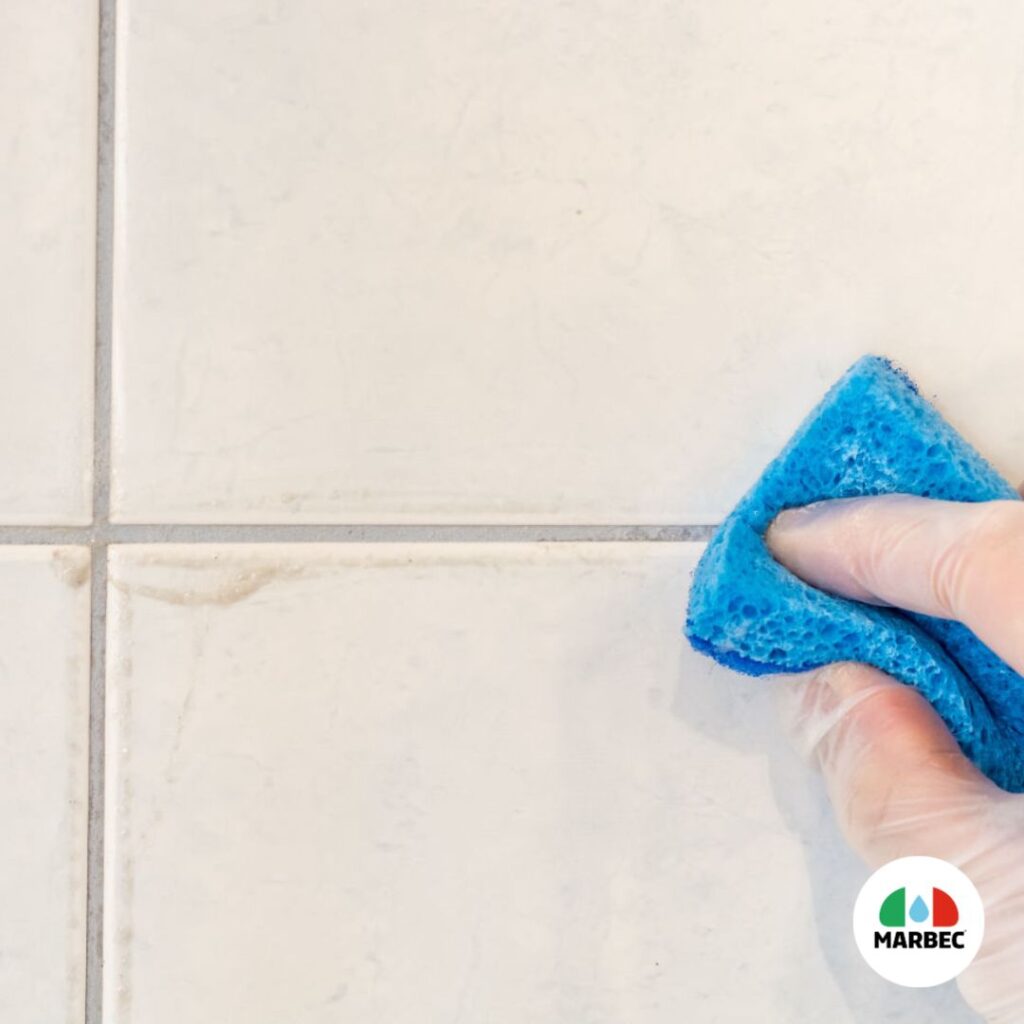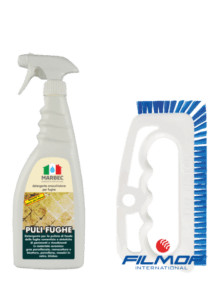If making a floor shine is already complicated, making the joints shine is even more difficult!
If we were to compile a ranking of household annoyances, after the dust that is created at the speed of light, the halos that appear on the glass with each flap of butterfly wings, in third position enter by right and the dirty joints of floors that are blackened with every usual trampling climb on the podium!

Cleaning tile joints is important both from an aesthetic point of view, since seeing a dirty floor is never beautiful, and because between the spaces that are located between one tile and the other bacteria accumulate, germs and moulds, representing a danger from the hygienic point of view.
In addition to using the right products, however, the cleaning of the floor joints also requires knowledge of the composition of the tiles. Refined materials require different treatments and thanks to the right products you can make your ceramic and porcelain tiles floors shine again, but not without some small attention to be paid.
Why do tile joints get dirty?
The spaces between the tiles can get dirty because: although they are useful to prevent dirt from settling between the tiles, they can still be “home” for debris coming from outside; they can be victims of moisture, with the result of growing moulds and fungi.
The joints between the tiles can then darken or discolor and, as mentioned, be affected by moisture, which can penetrate into the joints, if the tiles are not sealed properly.
Remove dirty joints in a natural way
When we decide how to clean the floor joints the dilemma is always that:
Is it better to use natural remedies or products to clean floor joints?
We often ask ourselves this question because:
a) natural remedies require a lot of effort and in the end several times do not give us the desired results.
b) Very often the products we find on the market to clean the joints of the floors cannot remove dirt but at the same time spoil the tiles.
Today, however, we want to present two exceptional remedies that do not ruin the tiles and that will ensure us an excellent result.
Bicarbonate: the properties of this substance are endless; by preparing a mixture with hot water and baking soda we can even clean the joints. In order we apply the solution between the tiles and let it act for about 30 minutes. After that we dry everything with a dry cloth.
Steam: High temperature is the enemy of blackened joints. We can pass all the joints using an electric broom that creates steam or a rag soaked in boiling water.

However, even though traditional remedies may have some charm, they are not always effective or safe. It is therefore advisable to use Marbec professional products, which have been developed and tested to strict scientific standards.

How to clean floor joints with professional products
To carry out a degreasing and descaling cleaning of tile joints the solution is PULI FUGHE with the FUGINATOR brush.

The first is, as mentioned, a detergent that serves to degrease thoroughly and whiten the cement or synthetic joints that characterize various types of floors and walls (from porcelain tiles to glass mosaics) while the FUGINATOR brush is also designed for removing dirt in particularly tight joints and their combined use is very simple.
- First you spray PULI FUGHE on the affected surface to be cleaned or degreased;
- Wait a few minutes, depending also on the level of dirt present;
- At this point, with the brush FUGINATOR, you rub the escape;
- Finally, the operation is finished by rinsing with hot water.
However, there is a warning to keep in mind when using PULI FUGHE. It can be used, in fact, exclusively on materials such as the aforementioned porcelain tiles, ceramics, untreated materials and therefore not with wax treated surfaces, on wood, linoleum and synthetic materials.
With a yield, on average, for 30×30 tiles of 1 liter on 40-50 square meters, PULI FUGHE represents an ideal and quality solution to solve the problem of cleaning the joints of the coverings, making the surface shine again.
Thanks to the use of this product, with due care, you can achieve a extraordinary result, eliminating the annoying and unwanted accumulations in the joints of ceramic and porcelain tiles floors!

When pots, baking dishes and cookware become encrusted with food after cooking, normal washing is often not enough. Cleaning encrusted pots requires special care. Sauce residues, grease and burnt food bond to surfaces, making cleaning time-consuming and ineffective. Understanding how to clean cookware encrusted with food helps achieve better results without damaging materials.

A glossy varnished teak parquet, heavily worn and scratched, was completely restored thanks to a meticulous refurbishment process. The final result is a floor that is once again bright, uniform, and protected, with a glossy finish that enhances the natural elegance of the wood and makes ongoing maintenance easier over time.

















